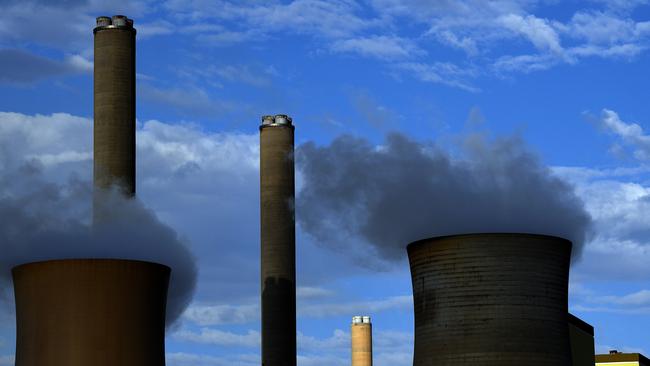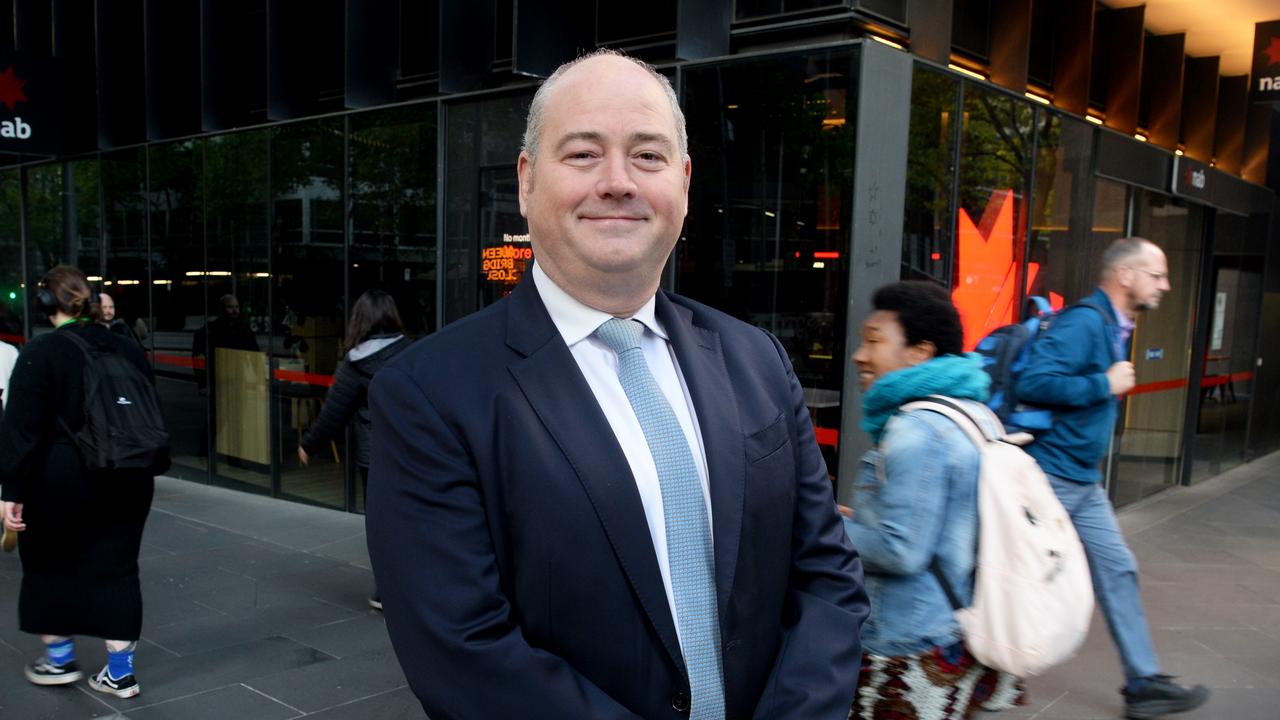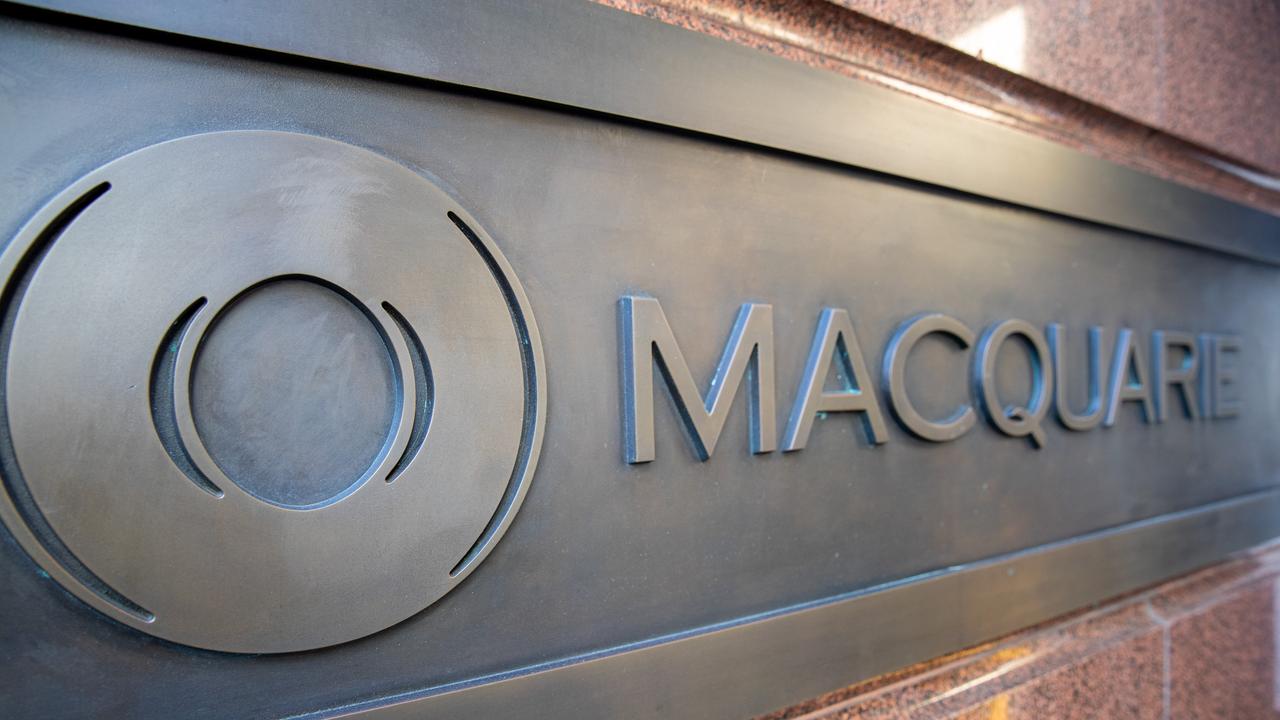Westpac leads big four pack with green targets for lending

While the big four have made commitments in relation to their operational emissions, and have publicly backed the Paris Agreement, only Westpac has signed up to the Science Based Targets initiative (SBTi) requiring financial institutions to set portfolio-emission targets next year that are aligned with a zero net emissions objective by 2050. The Sydney-based lender helped with development of the SBTi guidelines.
Westpac’s looming deadline is highlighted in the Net Zero Momentum Tracker, a document published by Monash University, the Monash Sustainable Development Institute and ClimateWorks Australia.
Banks influence emissions in two ways — in their operations through branches and offices, and indirectly through their investments, products and services, known as portfolio emissions.
The Monash report assesses 20 of the nation’s top lenders, of which nine were found to have a net zero target for their own emissions.
While none of the group has a comprehensive net zero emissions target for both their operational and portfolio emissions, five banks have pledged to define targets that comply with SBTi’s criteria. Apart from Westpac, they are Bank Australia, Teachers Mutual Bank, and two local subsidiaries of offshore banks — ING and HSBC.
The SBTi is a collaboration between London-based CDP (Carbon Disclosure Project), the United Nations Global Compact, World Resources Institute and the World Wide Fund for Nature.
Its mission is to promote science-based targets as a way of boosting companies’ competitive advantage in the transition to a low-carbon global economy.
To date, 49 financial institutions worldwide, including banks, have undertaken to adopt targets using the SBTi methodology, with a further 70 stating their intention to do the same.
SBTi has proposed target-setting methods for four different categories of investment: real estate, mortgages, power generation project finance, and a fourth group that includes equities, corporate bonds and corporate loans.
The approach requires targets aligned with the Paris Agreement to be set for each of the four categories of investment, drawing on existing SBTi target-setting methods. For example, emissions targets can be set for buildings in a real estate or mortgage lending portfolio.
The methodology is under trial by 29 financial institutions, with a plan to launch next year.
A number of banks in the Monash report are taking action to reduce their financed emissions through provision of sustainable finance, low-carbon products and exiting emission-intensive sectors.
However, the report is critical of “ad hoc” arrangements not aligned to the Paris Agreement.
ClimateWorks Australia chief executive Anna Skarbek said global net emissions needed to halve each decade to reach zero net emissions by 2050.
“The question is what that means for various sectors,” Skarbek said. “We know that banks are watching other banks; this report will make the watching easier.”
Financial services investors around the world, she said, were already committing to net zero investment portfolios by 2050.
This included 13 of the world’s biggest pension funds and insurers, which set up the $US2.4 trillion ($3.5 trillion) Net Zero Asset Owners Alliance as part of a promise to transition their investment portfolios to net zero by 2050.
Construction worries
Insolvencies in the $150bn residential and non-residential construction industry remain at a high level as banks spurn the sector in a mature property cycle and stringent post-Hayne lending environment.
The latest ASIC insolvency data confirms that most of the pain is in Victoria, NSW and Queensland.
After a significant run-up in activity and supply of building stock in previous years, new apartment approvals are languishing at a six-year low.
The eastern seaboard states account for 80 per cent of the nation’s dwelling approvals.
If there’s a silver lining in the generally gloomy outlook, it’s that month-on-month defaults in August and September fell after a big jump in July.
House prices are also recovering some lost ground, clearance rates are improving and mortgage applications are increasing.
Even so, insolvencies in the three months to September leapt 78 per cent in Victoria, 41 per cent in Queensland and 7 per cent in NSW. This was a significant contributor to the 5 per cent increase in year-on-year national defaults to 2309 across all industries, with 22 per cent coming from construction.
Comparative figures for the last 12 months were 8232 insolvencies, of which 20 per cent was in construction.
Brad Walters, head of product and rating services at data analytics company Equifax, says owners, investors and developers in construction are finding it challenging to secure finance and insurance.
Consumer confidence is also at a low ebb, with escalating concern over flammable cladding and structural defects as buyers question the quality of residential buildings.
One of the reasons construction has significant spillover effects to the wider economy is that unsecured creditors typically receive less than 11c in the dollar in a wind-up.
Major-bank bad debt expenses, however, remain extremely low.
While they edged up from 12 basis points to 14 basis points of gross loans in 2019, they are still about half the average of the past 20 years.
gluyasr@theaustralian.com.au
Twitter: @Gluyasr



Westpac will set the standard for the banks next year when it adopts emissions targets for its lending portfolio that correspond with the 2016 Paris Agreement to keep global warming well below 2C.